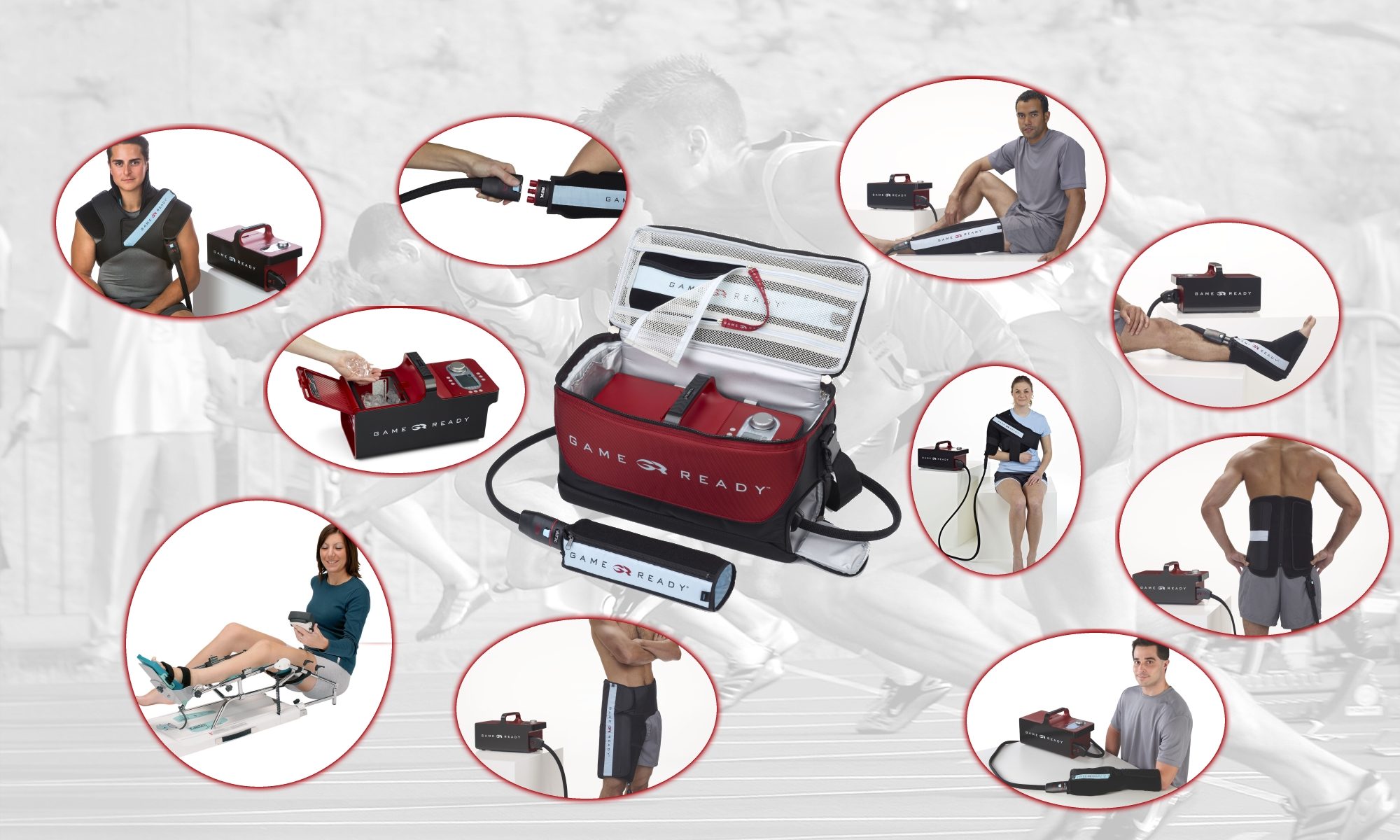
Many patients choose to treat a sprained ankle on their own at home. But when the treatment isn’t working as effectively as first thought they often visit a physician. When a patient is unsure whether they have broken a bone or just a sprained ligament, it’s common to seek medical attention.
There tend to be 3 severity levels for sprained ankles:
- Mild – A mild stretch of the ligament which usually resolves in 2-7 days.
- Moderate – Partial tear of the ligament. The ankle is moderately swollen and very painful.
- Severe – Complete rupture of the ligament. Significant swelling. May not be that painful. The ankle will feel unstable.
After confirming it’s a sprain, there are often questions.
Here are a list of frequently asked questions about sprained ankle treatment
1. Do I need surgery for a sprained ankle?
Athletes are used to occasionally suffering from minor injuries, but surgery can set them back for a much longer period of time, which is one reason they want to know right away if they will have to undergo a surgical procedure. Fortunately, according to the Academy of Orthopaedic Surgeons, the vast majority of ankle sprains do not require surgery. An exception might be if the ligament is fully torn, but even this can heal on its own as long as the joint is properly immobilised.
2. How is an ankle sprain treated?
Ankle sprain treatment may include multiple steps, such as:
- R.I.C.E. (rest, ice, compression, elevation) to control swelling
- Medication to reduce pain and control swelling
- Immobilization of the joint to enable tissue healing
- Assistive devices to keep weight off the affected ankle
- Physical therapy to restore range of motion
- In rare cases, surgery to repair a torn ligament
Not every ankle sprain must include all of these treatment approaches, but most injuries can benefit from R.I.C.E. therapy or the use of a cold therapy system.
3. How long will it take to recover?
This is one of the most common questions patients ask after spraining an ankle. Unfortunately, there is no easy answer, because it depends on the severity of the injury. A minor sprain can heal in as fast as two weeks, while a more significant sprain can take from 6 to 12 weeks for a full recovery. Regardless of the intensity, recovery from any sprain typically includes three phases:
- Rest, protection, and treatment of inflammation
- Regaining strength, flexibility, and range of motion
- Gradually returning to regular activity
The length of each phase varies, but if you are able to assess whether the sprain is mild, moderate, or severe, you can determine a rough range for the recovery time. However, recovery also depends on patient compliance through each phase. It’s important for patients to know that if they try to return to activity too quickly, they may actually prolong the recovery process.
4. What can I do to recover more quickly?
Most patients, whether they are athletes who want to get off the bench or someone who needs to maintain mobility, want to know how they can heal faster. In addition to overcoming the pain of a sprained ankle, it’s inconvenient to be on crutches or to be unable to walk easily.
One of the most important steps a patient can take after spraining an ankle is to rest for several days after the injury. This is difficult for many people for a variety of reasons, but without allowing the body time to go through the inflammatory response and start the healing process, recovery is likely to take longer.
In addition to ample rest, using a cold therapy system to deliver consistent cold and active compression can be more effective at promoting healing than traditional R.I.C.E. therapy. These can be prescribed so patients can receive it either at a physical therapy clinic or rent a system to use at home.
Patience throughout the recovery process is critical because returning to activity too quickly can result in another injury or a longer recovery. Make sure patients know that doing too much too soon may set them back. If they want a fast recovery, they must have patience while the body heals itself.
5. How can I prevent this type of injury from happening again?
After going through the pain and inconvenience of a sprained ankle, many people want to know how they can avoid doing it again in the future. Athletes should warm up before participating in sports and avoid playing when they are in pain or too tired. Everybody should wear appropriate footwear for the activities they are doing and be extra mindful when walking or running on uneven surfaces. Some ankle sprains can’t be avoided—everybody trips now and then—but using caution can go a long way toward staying injury-free.
